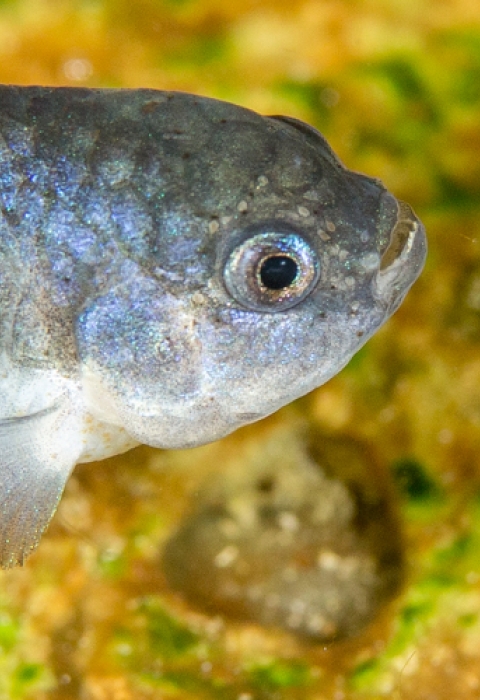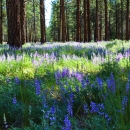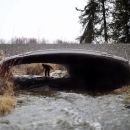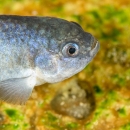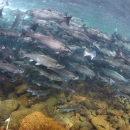This project is part of the Salmon SuperHwy strategic effort to restore 95% historic habitat connectivity for 5 species of federally listed salmonids and Pacific lamprey while reducing flooding and improving public safety in the flood-prone coastal community of Tillamook County. An undersized culvert where the County’s Ekroth Road crosses Illingsworth Creek is a fish passage fish passage
Fish passage is the ability of fish or other aquatic species to move freely throughout their life to find food, reproduce, and complete their natural migration cycles. Millions of barriers to fish passage across the country are fragmenting habitat and leading to species declines. The U.S. Fish and Wildlife Service's National Fish Passage Program is working to reconnect watersheds to benefit both wildlife and people.
Learn more about fish passage barrier in important freshwater habitat just above the newly restored tidally influenced Miami Wetland. The project will provide 1.6 miles of habitat access for Oregon Coast chum (one of only two strong populations remaining on the Oregon Coast), spring and fall Chinook salmon, federally listed coho salmon, summer and winter steelhead, sea-run and resident cutthroat trout, and Tribally significant species of concern Pacific lamprey. The project would replace a perched culvert with a 45-foot bridge.
Quick Facts:
Project Status | In Development |
Location | OR, Tillamook |
NFPP Project Funding | $150,000 |
Restoration Techniques | Culvert Removal |
Accomplishments | 1.6 Stream Miles Reopened |
Project Partner Lead | Trout Unlimited |
Primary Species Benefited | Chum Salmon |
The National Fish Passage Program combines technical expertise with a track record of success.
Implemented primarily through the Service's Fish and Wildlife Conservation Offices, the National Fish Passage Program provides financial and technical assistance to partners across the country. Since 1999, the program has worked with over 2,000 local communities, Tribes, and private landowners to remove or bypass over 3,400 barriers to fish passage and reopen access to over 61,000 miles of upstream habitat for fish and other animals. Staff have expertise in fish migration and biology as well as financial, engineering, and planning assistance to communities, Tribes, and landowners to help them remove barriers and restore rivers for the benefit both fish and people.
Fish passage project proposals can be initiated by any individual, organization, government, or agency. However, proposals must be submitted and completed in cooperation with a Fish and Wildlife Conservation Office. (Please note that fish passage projects being used for federal or state compensatory mitigation or required by existing federal or state regulatory programs are not eligible for funding through the National Fish Passage Program.)
CONTACT A FISH PASSAGE COORDINATOR IN YOUR AREA TO GET STARTED.
